
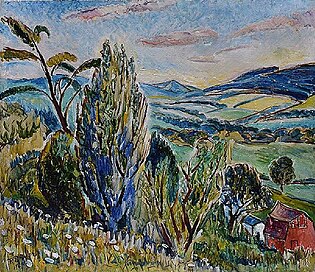
Rufus Joseph Dryer (3 April 1880, Rochester, New York - 28 May 1937, Marcy, New York) [1] was an American modernist painter known primarily for watercolors.


Rufus Joseph Dryer (3 April 1880, Rochester, New York - 28 May 1937, Marcy, New York) [1] was an American modernist painter known primarily for watercolors.
His father, Rufus Keeler Dryer (1846-1937), was board chairman of the Monroe County Savings Bank. [2] After graduating from the Phillips Academy, he began taking art lessons. When he turned twenty-one he moved to New York City, to study with Robert Henri. In 1908, he travelled to Spain with Henri and his students. By 1910, he had established a studio in Paris, near the Île de la Cité, where he stayed for over twenty years. [3] In 1917, he served as a driver for the American Volunteer Motor Ambulance Corps, with the rank of Sergeant. [2]
His initial style was largely cubist, but by the 1920s he had come to favor an older, Post-Impressionist style. [3] Landscapes formed a large part of his output. He exhibited frequently at the Pennsylvania Academy, the Salon d'Automne, the Salon des Tuileries, and the Salon des Independents, among others.
In 1934, not long after the Sixth of February Crisis, he left Paris and returned to his family's estate, High Acres, in Geneva, New York. [3] He lived a relatively reclusive life but continued to paint until his death in 1937.
Later that year, a retrospective was held at the Memorial Art Gallery in Rochester. It was organized by Kathleen McEnery, a friend and cousin, who had also been a student of Henri's. His father died, aged ninety-one, shortly before the exhibit opened. [2]
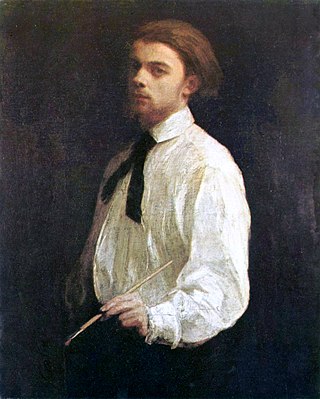
Henri Fantin-Latour was a French painter and lithographer best known for his flower paintings and group portraits of Parisian artists and writers.

Henri-Edmond Cross, born Henri-Edmond-Joseph Delacroix, was a French painter and printmaker. He is most acclaimed as a master of Neo-Impressionism and he played an important role in shaping the second phase of that movement. He was a significant influence on Henri Matisse and many other artists. His work was instrumental in the development of Fauvism.
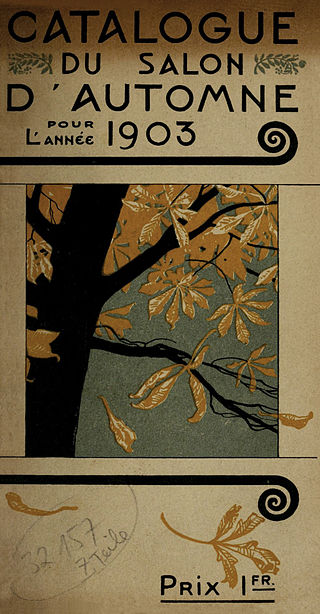
The Salon d'Automne, or Société du Salon d'automne, is an art exhibition held annually in Paris. Since 2011, it is held on the Champs-Élysées, between the Grand Palais and the Petit Palais, in mid-October. The first Salon d'Automne was created in 1903 by Frantz Jourdain, with Hector Guimard, George Desvallières, Eugène Carrière, Félix Vallotton, Édouard Vuillard, Eugène Chigot and Maison Jansen.

Robert Henri was an American painter and teacher.
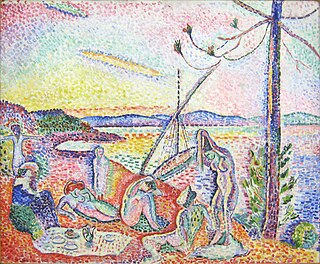
The Société des Artistes Indépendants or Salon des Indépendants was formed in Paris on 29 July 1884. The association began with the organization of massive exhibitions in Paris, choosing the slogan "sans jury ni récompense". Albert Dubois-Pillet, Odilon Redon, Georges Seurat and Paul Signac were among its founders. For the following three decades their annual exhibitions set the trends in art of the early 20th century, along with the Salon d'Automne. This is where artworks were often first displayed and widely discussed. World War I brought a closure to the salon, though the Artistes Indépendants remained active. Since 1920, the headquarters has been located in the vast basements of the Grand Palais.

Léopold Frédéric Léopoldowitsch Survage was a Russian-French painter of Finnish origin. Trained in Moscow, he identified with the Russian avant-garde before moving to Paris, where he shared a studio with Amedeo Modigliani and experimented with abstract films. He also gained commissions for Serge Diaghilev's Ballets Russes.

Colin Campbell Cooper, Jr. was an American impressionist painter of architectural paintings, especially of skyscrapers in New York City, Philadelphia, and Chicago. An avid traveler, he was also known for his paintings of European and Asian landmarks, as well as natural landscapes, portraits, florals, and interiors. In addition to being a painter, he was also a teacher and writer. His first wife, Emma Lampert Cooper, was also a highly regarded painter.
Józef Hecht, also known as Joseph Hecht, was a printmaker and painter. Born and educated in Poland, he made Paris his base from 1920. Trained in classical engraving techniques, Hecht was a founder of "Atelier 17", and had a profound influence on 20th-century printmakers.
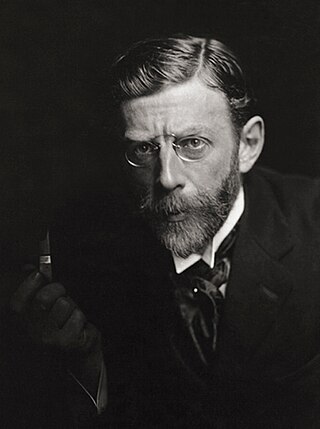
Leon Dabo was an American tonalist landscape artist best known for his paintings of New York State, particularly the Hudson Valley. His paintings were known for their feeling of spaciousness, with large areas of the canvas that had little but land, sea, or clouds. During his peak, he was considered a master of his art, earning praise from John Spargo, Bliss Carman, Benjamin De Casseres, Edwin Markham, and Anatole Le Braz. His brother, Scott Dabo, was also a noted painter.

Henri Biva was a French artist, known for his landscape paintings and still lifes. He focused primarily on the western suburbs of Paris, painting outdoors in the plein-air tradition; his style ranging between Post-Impressionism and Realism with a strong Naturalist component. Biva's pictures are characterized by intricate strokes and a pure palette bathed with warm natural light. The artist was a member of the Société des Artistes Français and a Knight of the Legion of Honour.
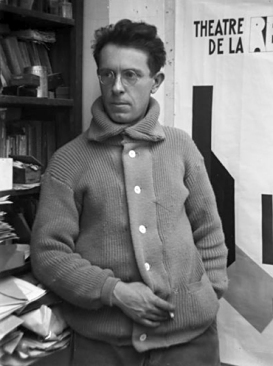
Joseph Csaky was a Hungarian avant-garde artist, sculptor, and graphic artist, best known for his early participation in the Cubist movement as a sculptor. Csaky was one of the first sculptors in Paris to apply the principles of pictorial Cubism to his art. A pioneer of modern sculpture, Csaky is among the most important sculptors of the early 20th century. He was an active member of the Section d'Or group between 1911 and 1914, and closely associated with Crystal Cubism, Purism, De Stijl, Abstract art, and Art Deco throughout the 1920s and 1930s.
Theodore Fried was a Hungarian artist, who worked in Vienna, Paris and New York.
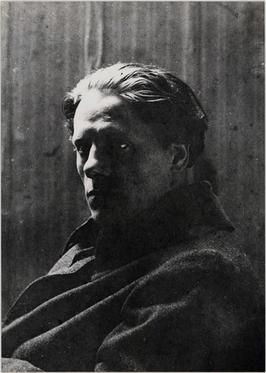
Jean Lambert-Rucki (1888–1967) was a Polish avant-garde artist, sculptor, and graphic artist. He was best known for his participation in the Cubist, Surrealist and Art Deco movements. He exhibited at the 1913 Salon d'Automne in Paris; from 1919 was represented by both Léonce Rosenberg at the Galerie de l'Effort Moderne and the art dealer Paul Guillaume. In March 1920, Lambert-Rucki exhibited at the second exhibition of la Section d'Or, Galerie de La Boétie, Paris, and participated in the first exhibition of l'Union des Artistes Modernes, where he continued to show his works. He worked with diverse styles and media, at times he was influenced by the tribal art of Africa. Lambert-Rucki also became well known for his Cubist cityscapes.
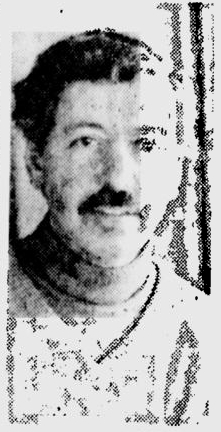
Daniel J. Robbins was an American art historian, art critic, and curator, who specialized in avant-garde 20th-century art and helped encourage the study of it. Robbins' area of scholarship was on the theoretical and philosophical origins of Cubism. His writings centered on the importance of artists such as Albert Gleizes, Jean Metzinger, Henri Le Fauconnier and Jacques Villon. He was a specialist in early Modernism, writing on Salon Cubists and championed contemporaries such as Louise Bourgeois and the Color Field painters. Art historian Peter Brooke referred to Robbins as "the great pioneer of the broader history of Cubism".
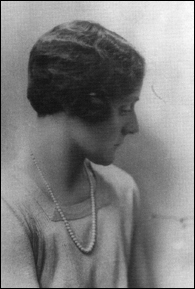
Kathleen "Kay" Moir Morris was a Canadian painter and member of the Beaver Hall Group.
Kathleen McEnery Cunningham (1888–1971) was an American painter.
Louise Josephine Pope was an American painter. She studied at the New York School of Art, and then went abroad to study in Paris, Amsterdam and Madrid with Robert Henri. She exhibited work in the Salon d'Automne in Paris in 1912. In the United States, she exhibited at the National Academy of Design, the 1910 Exhibition of Independent Artists, the 1913 New York Armory Show, and the 1915 Exhibition of Painting and Sculpture by Women Artists for the Benefit of the Woman Suffrage Campaign, among others, contributing to the introduction of European Modernism to the United States.

Walter Elmer Schofield was an American Impressionist landscape and marine painter. Although he never lived in New Hope or Bucks County, Schofield is regarded as one of the Pennsylvania Impressionists.

Joseph Mellor Hanson (1900-1963) was a British-born modernist painter who worked primarily in figure painting, with an abstract approach. His work can be placed in the tradition of geometric abstraction.
![]() Media related to Rufus J. Dryer at Wikimedia Commons
Media related to Rufus J. Dryer at Wikimedia Commons